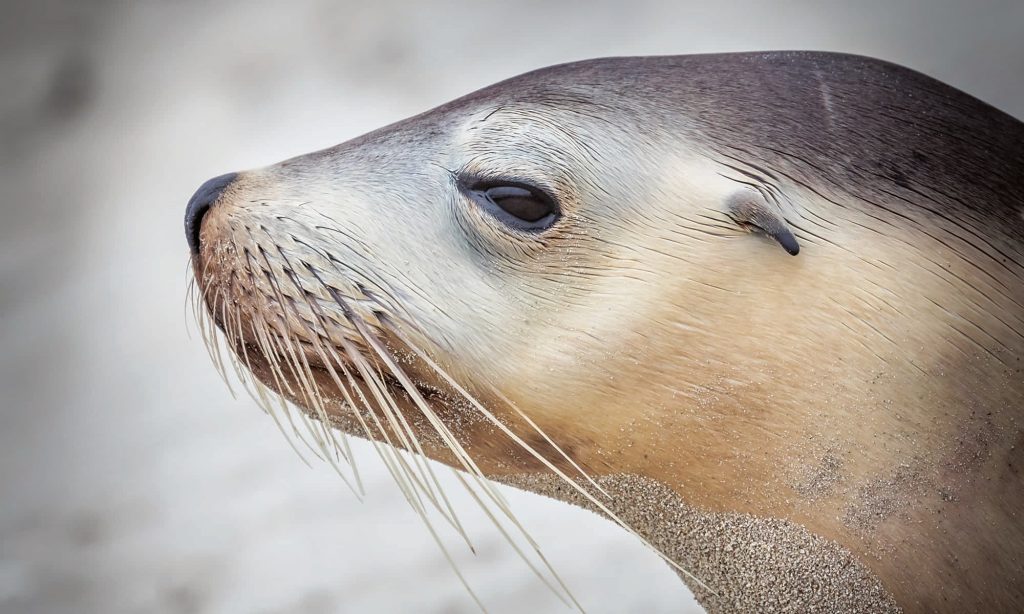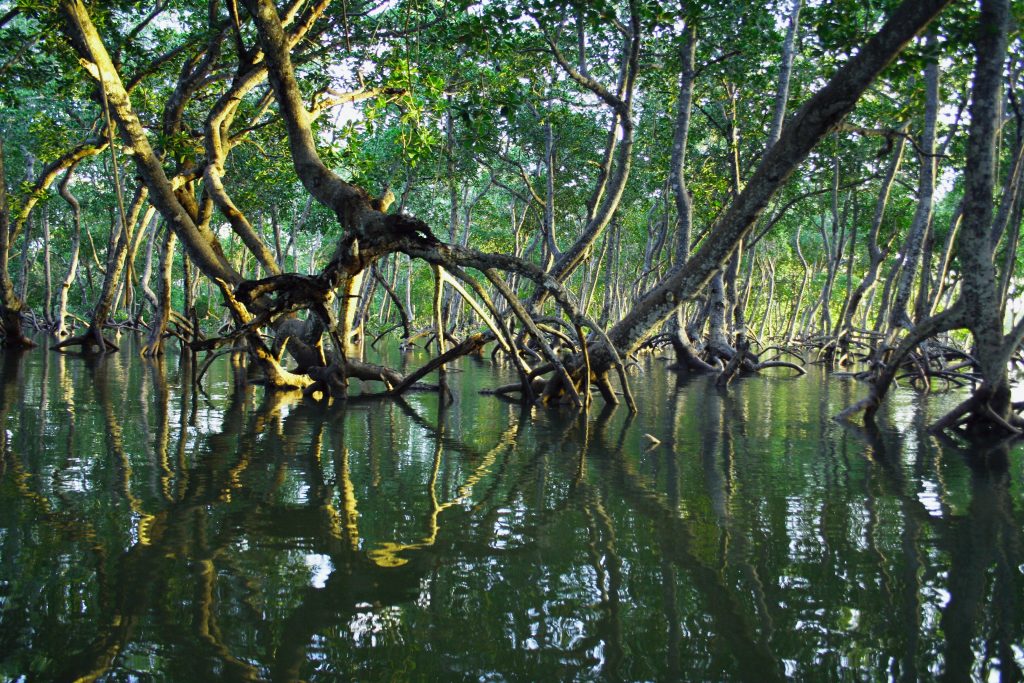Halloween has already passed, Christmas lights have started to appear on shop windows, but winter seems to have just begun. Up until a few weeks ago, Europe was experiencing an endless summer. The Copernicus Climate Change Service, the EU program that regularly monitors and provides climate data, reported that October temperatures in Europe were almost 2°C warmer than in the period 1991-2020. And while a warm, sunny weather may seem very pleasant, the underlying causes are not.
The effects of climate change are progressively becoming more visible, but there are some serious threats that still don’t receive adequate attention, especially from the mass media and the general public. Biodiversity loss is one of them.
Biodiversity is suffering
In 1992 at the Rio Earth Summit 150 government leaders signed the Convention on Biological Diversity (CBD). Article 2 of the Convention defines biological diversity as “the variability among living organisms from all sources, including terrestrial, marine and other aquatic ecosystems and the ecological complexes of which they are part; this includes diversity within species, between species and of ecosystems”.
When one thinks of biodiversity it is very common to automatically associate it with the variety of existing species. However, this definition highlights how equally relevant are genetic diversity, which is the variety within living organisms of the same species, and the ecosystem diversity, which is the variety of relationships between different living organisms and their environment.
Since biodiversity is a broad and complex concept, preserving it requires working on several fronts. In 2011 the CBD created the Aichi Biodiversity Targets in order to provide common goals for signatory states. The Targets cover a large number of issues, including reducing of the rate of loss of natural habitats, achieving sustainable agriculture and aquaculture and reducing the risk of extinction of threatened species. Unfortunately, the latest Global Diversity Outlook published by the CBD reported that only six of the twenty goals have been partially achieved in 2020, while the rest were missed.

Australian sea lion pup numbers between 1977 and 2019. Image credit: Quentin Chester.
The CBD and other international organizations also collaborate through the Biodiversity Indicators Partnership, a set of indicators that allow monitoring the state of biodiversity from different point of views. provide different point of views on the biodiversity challenge. The Living Planet Index is one of the most popular: it examines the relative abundance of wildlife populations, providing an overview of species diversity over time. The 2022 report showed an average decline of 69% in monitored populations between 1970 and 2018, indicating that biodiversity is under great stress.
Biodiversity is clearly on a plummeting trend, and the progress we are making is not sufficient to avoid serious consequences.
Why should we care about biodiversity?
As humans, we constantly benefit from a large number of services provided by ecosystems. These ecosystem services are often overlooked, but they play a vital role in the well-being of our society. Biodiversity is a critical cog in this mechanism and its depletion is a threat to maintaining this balance. In the next part of this article we will take a closer look at the four main categories of ecosystem services and the role of biodiversity.
The first is the category of provision services, which, as the name suggests, refers to all the resources that nature offers us. This includes food, water and raw materials, but also genetic and medicinal resources.
The genetic diversity that an ecosystem offer is a key element for us, because, for example, it increases the production of crops in agriculture and the production of wood in forestry. Likewise, fish diversity helps keep the population stable. This means that a loss of biodiversity would depress yields and cause economic damage, but more importantly it could seriously endanger people who depend on agriculture and fishing for their livelihood.
Medicinal resources refer to the medical properties of plants and fungi that have been used for traditional medicine and to develop pharmaceutical and biochemical products. Biodiversity loss can undermine the future discovery of chemical substances important to humans and compromise the development of potential new drugs or materials.
The second category is regulating services.
Pollination is an example of a crucial service that ecosystems provide to human activities and is also one of the most threatened by biodiversity loss. Many pollinators, such as bees, butterflies and other insects, suffer from overuse of pesticides and the destruction of wild areas. In some regions the situation has already become critical: in recent years in Southwest China apple and pear orchards have been hand-pollinated with the use of pollens and paintbrushes due to the absence of bees.
Many ecosystems are also key to moderating extreme events. Coastal areas are particularly vulnerable because they are exposed at storm surges, floods and hurricanes. Mangrove forests and coastal reefs are an exceptional defence against these dangers: in Florida alone mangroves have avoided an estimated $1.5 billion of direct flood damages. Both of these resources are rapidly depleting, with a 37.8% decline in global mangrove cover and more than 33% of coral species listed as Threatened. Other regulating services include climate regulation, air quality regulation, erosion prevention and more, but the effects of biodiversity loss on them are more difficult to estimate.

The third category is cultural services and the fourth is supporting services.
Cultural services consider the spiritual and aesthetic value provided by an ecosystem. While this may seem like a very abstract concept, it’s actually a very important service for human beings. In “The Economics of Ecosystems and Biodiversity” the authors cite studies reporting how “the psychological benefits of green space increase with biodiversity”, “a green view from a window increases job satisfaction and reduces job stress” or how the presence of a green area increases the value of nearby houses. Cultural services also include the touristic and recreational purpose of ecosystems. In this case, the loss of biodiversity has an economically substantial effect, especially for those regions whose economy thrives on ecotourism.
Finally supporting services include all those processes, such photosynthesis and nutrient cycles, that allow the ecosystem to correctly function and to provide all the other services that we have listed.
We need for a serious international effort
In 1997 a paper published by Nature estimated that the annual value of ecosystem services is on average $33 trillion. These services are not only extremely important, but many of them are also irreplaceable. And they can’t exist without biodiversity.
Preserving biodiversity is not a matter of environmental sensitivity or ethics, or at least not necessarily. Instead, it is a real necessity: primarily for those populations that depend directly on these services for their survival, and nevertheless for all the countries of the world that will inevitably suffer the economic and social consequences of this loss.
Recently world leaders and organizations representatives gathered at COP 27 in Sharm El-Sheikh. Among other main topics, biodiversity had a dedicated day on November 16th. The COP agreement highlighted nature-based solutions, consisting of the proper management of ecosystems for the benefit of biodiversity, human well-being and to address challenges such as climate change, as a promising approach to follow. Another encouraging moment was the passionate declarations of the recently re-elected President of Brazil Luiz Inacio Lula da Silva, who stated that Brazil “will do whatever it takes to have zero deforestation and degradation of our biomes.” However, the feeling is that the interventions necessary to reverse the course are still far from being applied.
The next crucial appointment will be next month’s United Nations Conference on Biodiversity in Montreal. Will it be another display of diplomacy or will there finally be concrete steps forward?



